Repotted Orchid
Marissa Brown
last year
Featured Answer
Comments (18)
HALLETT & Co.
last yeardbarron
last yearRelated Discussions
Repotting Orchids in Red Cedar Shavings?
Comments (2)Shavings used as bedding for mice are routinely changed at least weekly. Once shavings are thoroughly wetted, they compact and become a muck. Cedar shavings would not make a good potting material for most orchids. An alternative might be to offer unused bedding to your local animal shelter. It's a terrific material for rodent bedding. Hamsters love it! --Stitz--...See Morerepotting orchids
Comments (1)Winter is nigh. Probably best to do repotting in spring. See link to Canadian Orchid Congress for Phalaenopsis culture notes. Go to the search box at the top of the discussions page and put in Keiki to find info. about the baby plants on the Phalaenopsis flower stem. Here is a link that might be useful: Canadian Orchid congress + Phalaenopsis...See MoreShould I repot these orchids?
Comments (6)You can buy an inexpensive paring knife, heat the edge and carefully melt slits around the sides of the pot. Phals like to be moist, but not STAY soaking wet! I like clear pots, they let me see just how much moisture is still available to the plant. If you are in your growing season, the roots will quickly fill that pot and the leaves grow too. BTW, it would be very helpful if you had information as to your location in addition to the A S....See MoreRepotted my orchids + next step?
Comments (19)Thanks for the information on soils. I am a cut flower grower so I can grow many difficult seedlings outside but my "houseplant thumb" is sorely lacking in experience. My methodology up to this point was grow it till it dies and then discard :) That was when I had a busy life, now with retirement I find I have the time to pay attention to and enjoy houseplants. Hence my new found delight in orchids. As to the coir, I use it for starting seeds and love it. I was afraid that it was too small and would wash out between the bark in my orchid mix....See MoreMarissa Brown
last yearBillsc
last yearMarissa Brown
last yearMarissa Brown
last yearwoodrose
last yearlast modified: last yearMarissa Brown
last yearjane__ny
last yearMarissa Brown
last yearMarissa Brown
last yearBill M.
last yearMarissa Brown
last yearforever_a_newbie_VA8
last yearnewhostalady Z6 ON, Canada
last yearPat Z5or6 SEMich
10 months agolast modified: 10 months agowoodrose
10 months ago
Related Stories

HOUSEPLANTSHow to Grow Orchids Indoors
Orchids are the exotic aristocrats of the flower world and can make themselves comfortable in almost any home
Full Story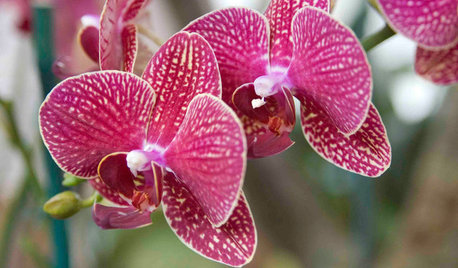
HOUSEPLANTSOrchids 101: How to Keep Your Moth Orchids Alive and Blooming
Growing Phalaenopsis — and getting it to flower again — is easier than you might think
Full Story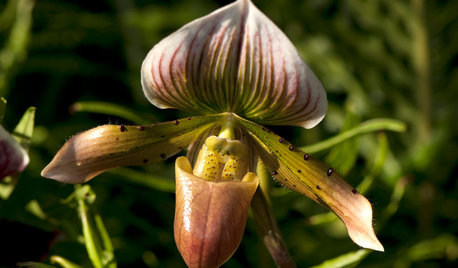
HOUSEPLANTSOrchids 101: Slipper Orchid Success
If you don’t already love Paphiopedilums, learning how to grow them with ease might change your mind
Full Story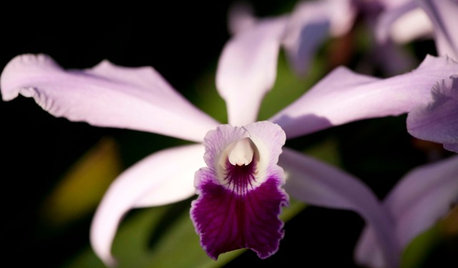
HOUSEPLANTSOrchids 101: Classic Cattleyas
These traditional corsage orchids can easily be a part of your collection of blooming plants
Full Story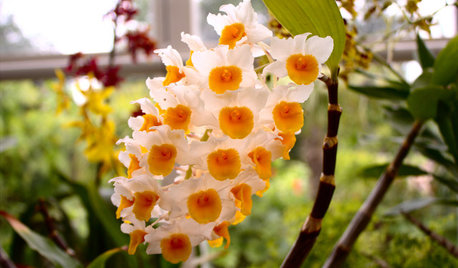
HOUSEPLANTSOrchids 101: Try Something Different With Dendrobiums
If you’re looking for something out of the ordinary, these orchids may be a good choice
Full Story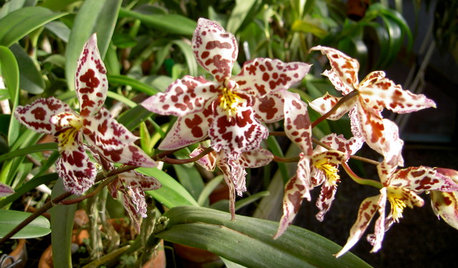
FLOWERSOrchids 101: Frilly Oncidiums Dance Their Way to Center Stage
Sprays of flowers characterize these New World orchids
Full Story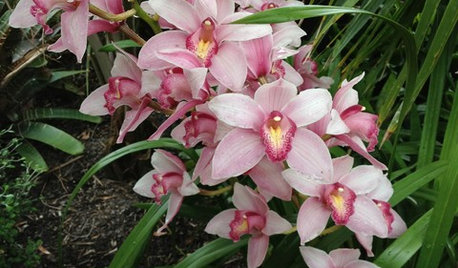
FLOWERSOrchids 101: Cymbidiums Add Beauty Indoors and Out
Their large, long-lasting flowers give them a place of honor in homes and gardens
Full Story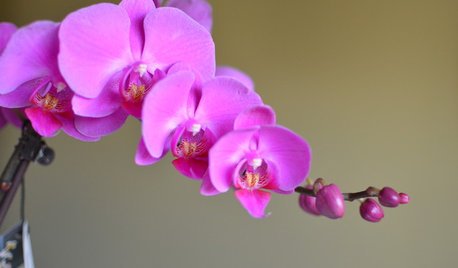
MID-ATLANTIC GARDENINGChecklist: What To Do in the Garden This Month
February Gardener: Plant sprouts, start seedlings, force bulbs, grow an orchid and more
Full Story
HOUSEPLANTS8 Essentials for Healthy Indoor Plants
Houseplants add so much to our homes — and can thrive when grown in the right conditions. Keep these tips in mind
Full Story
HOUSEPLANTSHow to Force Amaryllis Bulbs Indoors
Enjoy vibrant red blossoms even as gardens turn snowy white, by teaching this hardy repeat performer to ignore the calendar
Full Story


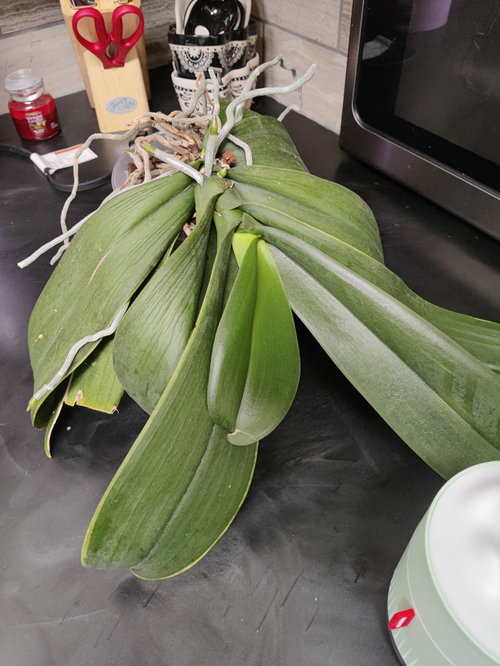
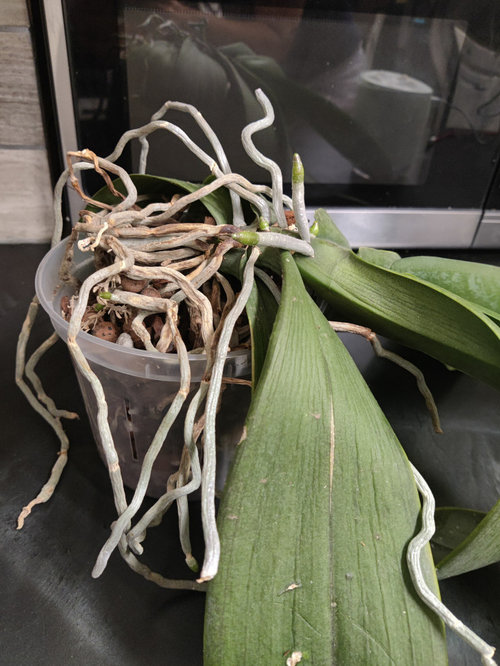
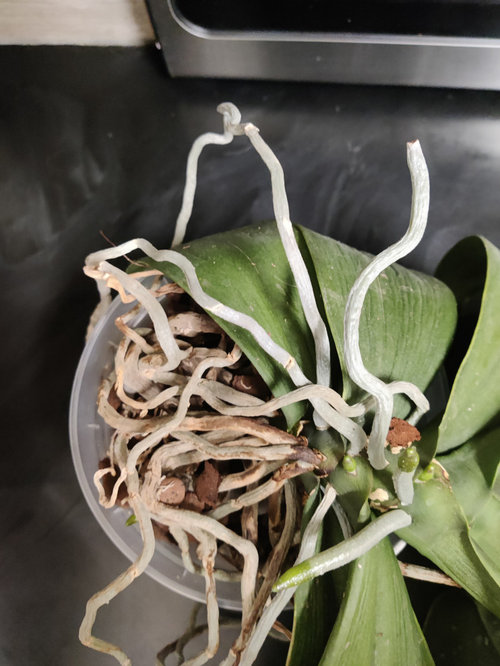



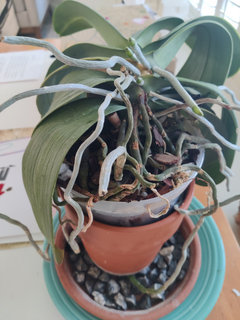
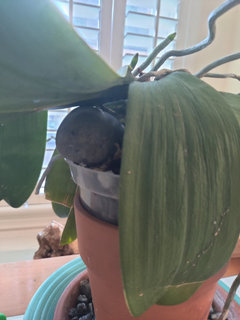
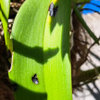


jane__ny